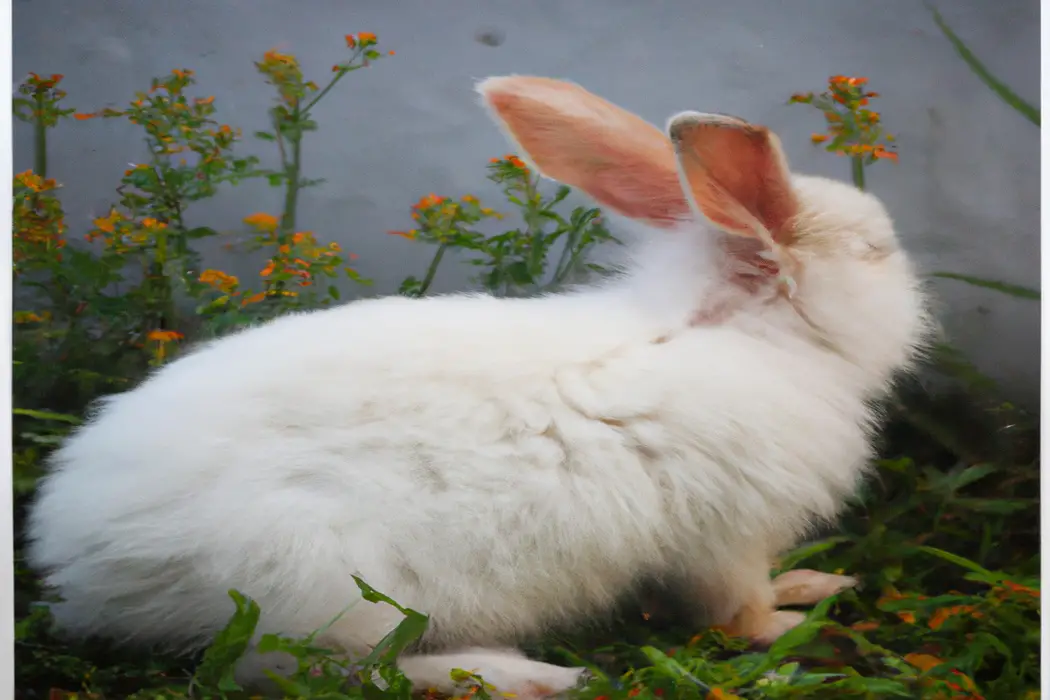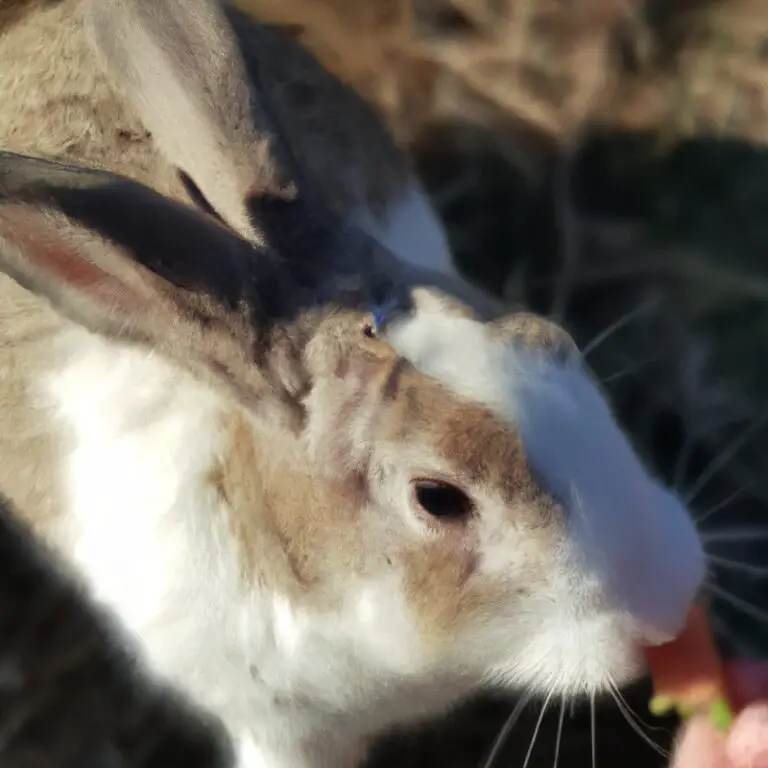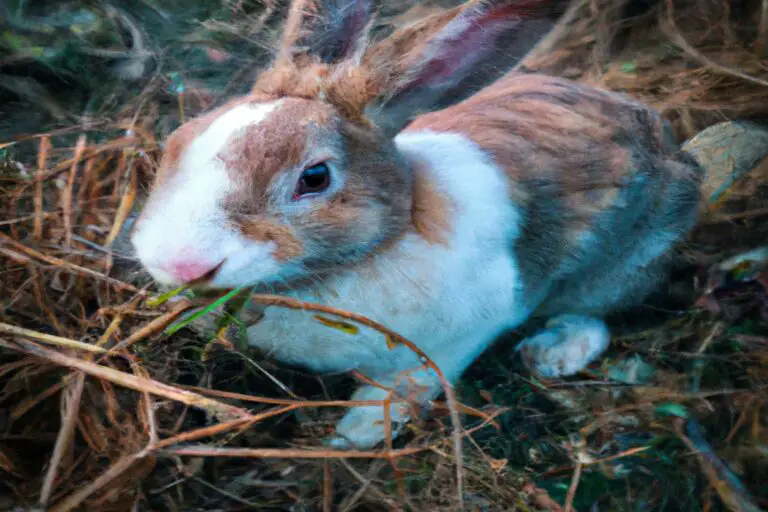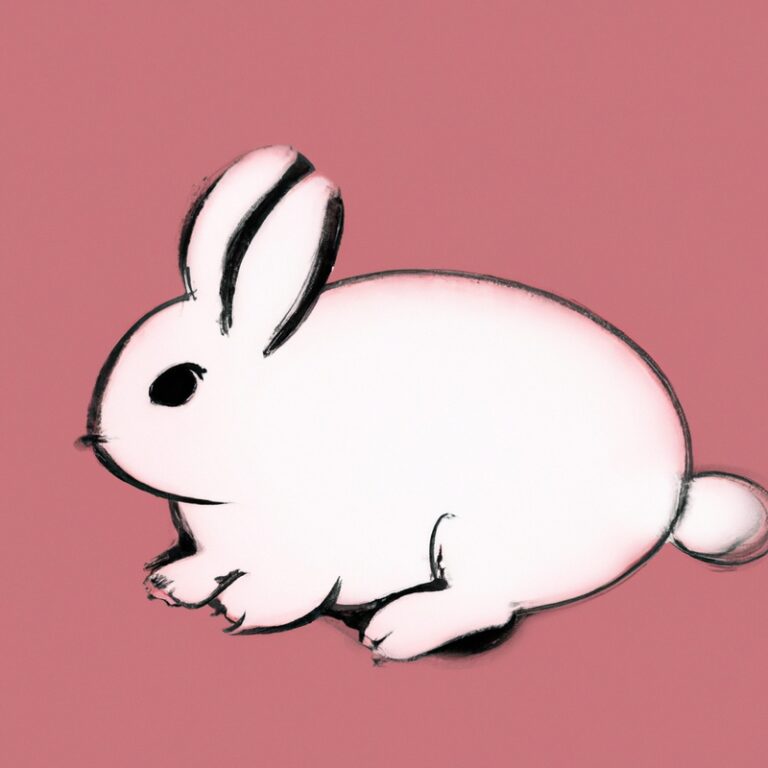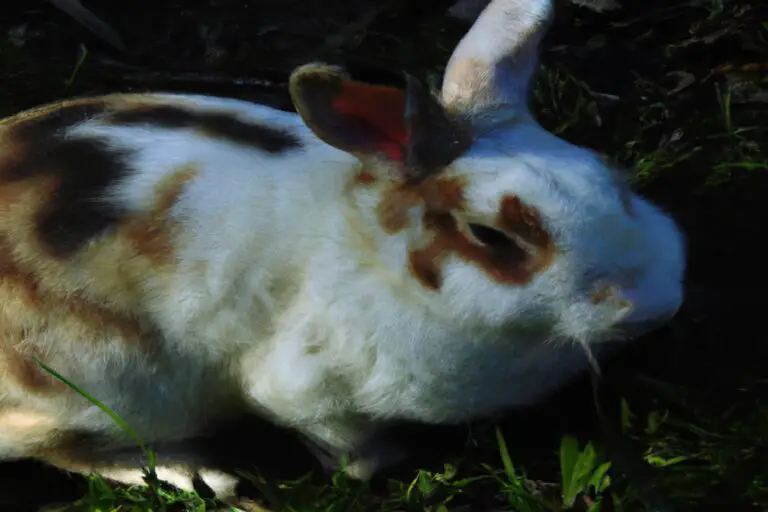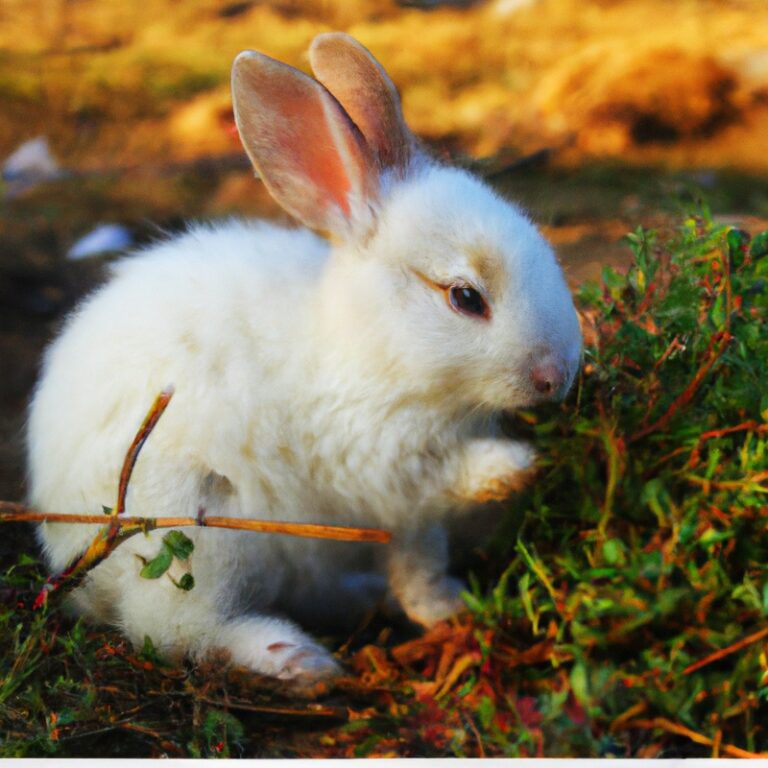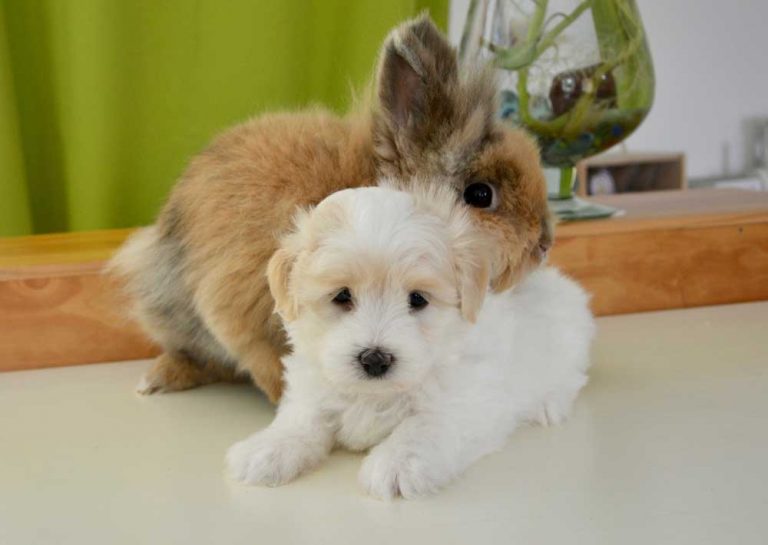How Do Rabbits Say Sorry with a Twist
Key Takeaways:
- Rabbits do not have the ability to say sorry like humans do.
- Rabbits have their own unique ways of showing remorse or reconciliation.
- Rabbits may display apologies through body language and behavior.
- Understanding a rabbit’s body language can help identify their attempts to make amends.
Have you ever wondered how rabbits apologize?
Rabbits are fascinating creatures with unique ways of communicating, and saying sorry is no exception.
Understanding rabbit behavior is key to deciphering their apologies.
In this article, we will delve into the intriguing world of rabbit communication and explore the different types of rabbit apologies.
We will also discuss how to identify signs of apology through rabbit body language and behaviors.
So, if you’re eager to learn how these adorable animals express remorse, keep reading!
| Behavior | How do rabbits say sorry? |
| 1 | Rabbits exhibit submissive behavior to apologize to each other. They may crouch down, lower their head, or perform a ‘bunny bow’ as a way of saying sorry. |
| 2 | They may groom each other as a gesture of reconciliation. |
| 3 | Rabbits communicate through body language and may try to avoid or hide if they feel guilty. |
Understanding Rabbit Behavior
Rabbit behavior can be understood by observing their communication methods.
Types of Rabbit Communication
Rabbits communicate in various ways to express their needs and feelings. Here are some types of rabbit communication:
- Body language: Rabbits use body language to communicate their emotions. For example, if a rabbit is thumping its hind leg, it may be signaling danger. If a rabbit is stretching out and relaxing, it could mean that it feels safe and comfortable.
- Vocalizations: While rabbits are generally quiet, they do make sounds to communicate. They may emit soft purring sounds when they are content, or growl or scream in distress.
- Scent marking: Rabbits have scent glands and use them to mark their territory. They may rub their chin or face against objects to leave their scent. This is a way for rabbits to communicate with other rabbits and establish boundaries.
- Licking and grooming: Rabbits groom themselves and each other as a form of communication. It helps to establish a bond and show affection.
Understanding these different forms of communication can help you better understand and respond to your rabbit’s needs and emotions. Keep an eye out for any changes in their behavior or gestures, as it may be their way of trying to communicate with you.
Signs of Rabbit Apology
Rabbits express apology through their body language and specific behaviors.
Rabbit Body Language
Rabbits communicate a lot through body language.
Here are a few key indicators to help you understand what your rabbit is trying to say:
- Ears: When your rabbit’s ears are upright and facing forward, they are alert and curious. If they are turned back or laid flat, it usually means they feel threatened or scared.
- Eyes: Wide-open eyes indicate a rabbit is alert, while half-closed eyes show contentment. A fixed, staring gaze could mean they feel threatened.
- Body Posture: A relaxed rabbit will have a loose and stretched-out body. If they hunch down with their body tense, it might mean they are frightened or aggressive.
- Movement: Rapid hopping or “binkying” (leaping in the air with excitement shows happiness. However, if your rabbit repeatedly thumps their hind legs on the ground, they might be signaling danger.
By paying attention to these cues, you can better understand your rabbit’s emotions and respond accordingly to create a harmonious relationship.
Apologetic Behaviors to Look For
Apologetic behaviors to look for in rabbits include lowering their heads, avoiding eye contact, licking or grooming themselves excessively, and showing submissive body language such as crouching or lying down. They may also nudge or rub against you to seek reassurance.
Pay attention to these non-verbal cues as signs that your rabbit is trying to apologize or make amends for any perceived transgressions.
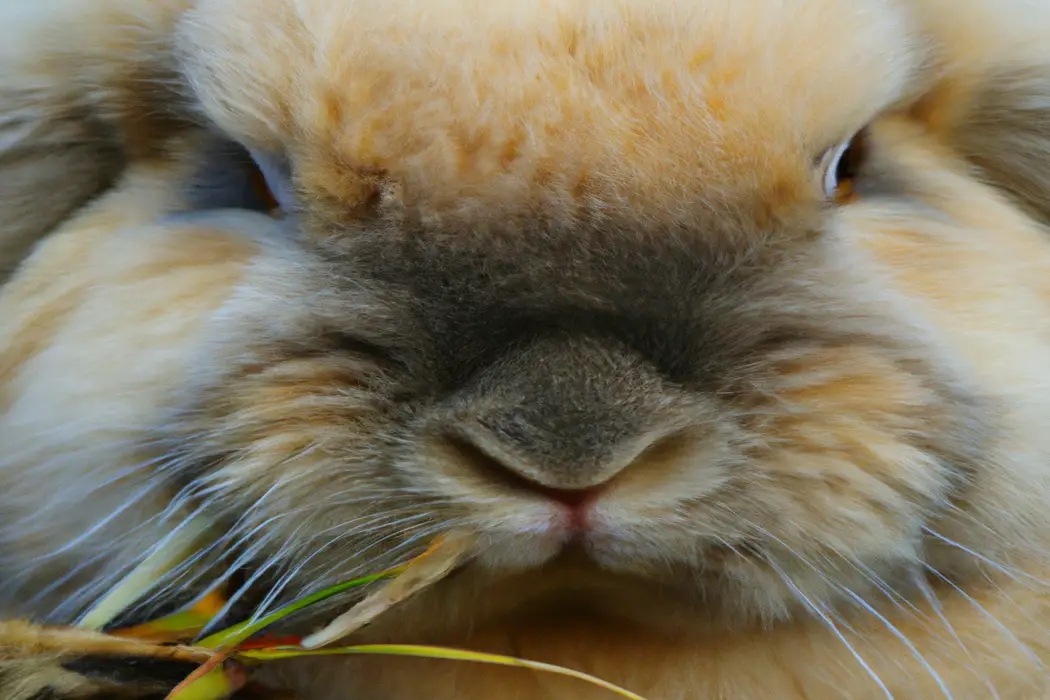
Helping Rabbits Resolve Conflict
To help rabbits resolve conflict, focus on creating a peaceful environment and using techniques for socializing rabbits.
Creating a Peaceful Environment
Creating a peaceful environment for rabbits is essential to their well-being.
Here are a few tips on how to achieve this:
- Provide enough space: Ensure that your rabbits have enough space to move around comfortably. A spacious enclosure or hutch will help reduce territorial disputes.
- Separate if necessary: If there are multiple rabbits in your household and conflicts arise, consider separating them into different enclosures until they can peacefully coexist.
- Provide hiding spots: Rabbits love to have hiding spots where they can feel safe and secure. Place cozy hideaways or cardboard boxes in their living space to give them a sense of security during moments of tension.
- Offer mental stimulation: Boredom can lead to aggression among rabbits. Provide them with toys, tunnels, and puzzle feeders to keep them mentally stimulated and prevent potential conflicts.
- Encourage positive interactions: Bonding exercises and supervised playtime can help rabbits build positive relationships with each other. Monitor their interactions and step in if any aggression occurs.
Remember, a calm and harmonious environment is vital for your rabbits’ overall well-being.
By implementing these tips, you can create a peaceful space for them to thrive.
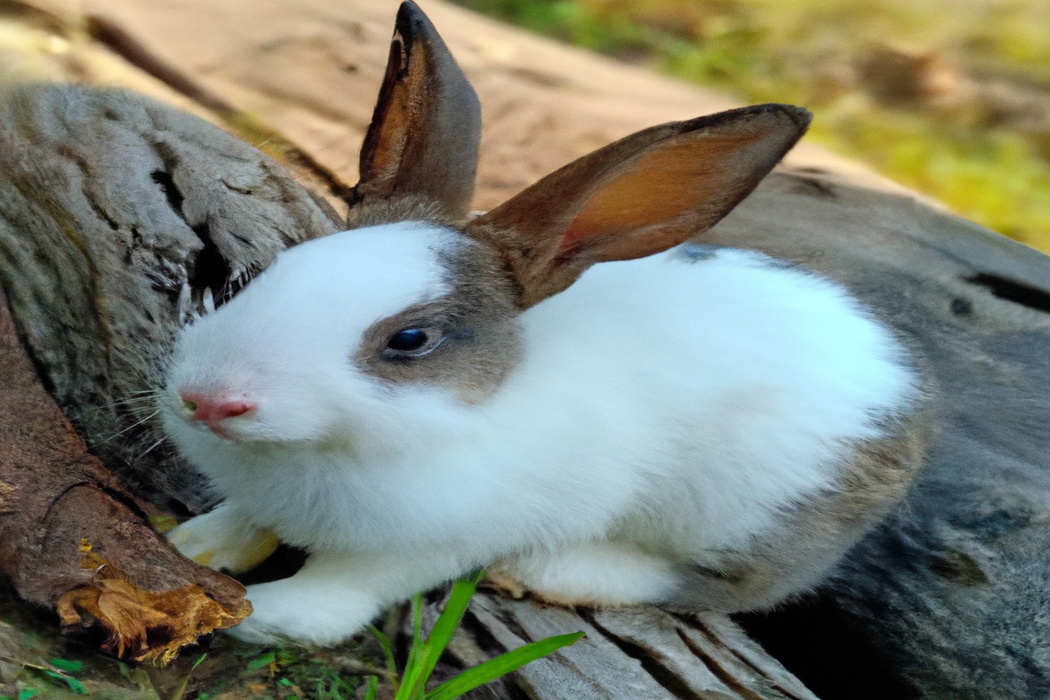
Techniques for Socializing Rabbits
When it comes to socializing rabbits, there are a few techniques you can try. Firstly, provide them with a spacious and safe environment where they can interact freely.
Secondly, gradually introduce rabbits to each other in neutral territory, allowing them to sniff and explore without feeling threatened.
Thirdly, offer plenty of positive reinforcement like treats and praise when rabbits exhibit friendly behavior towards one another. Remember, patience and consistent effort are key when socializing rabbits.
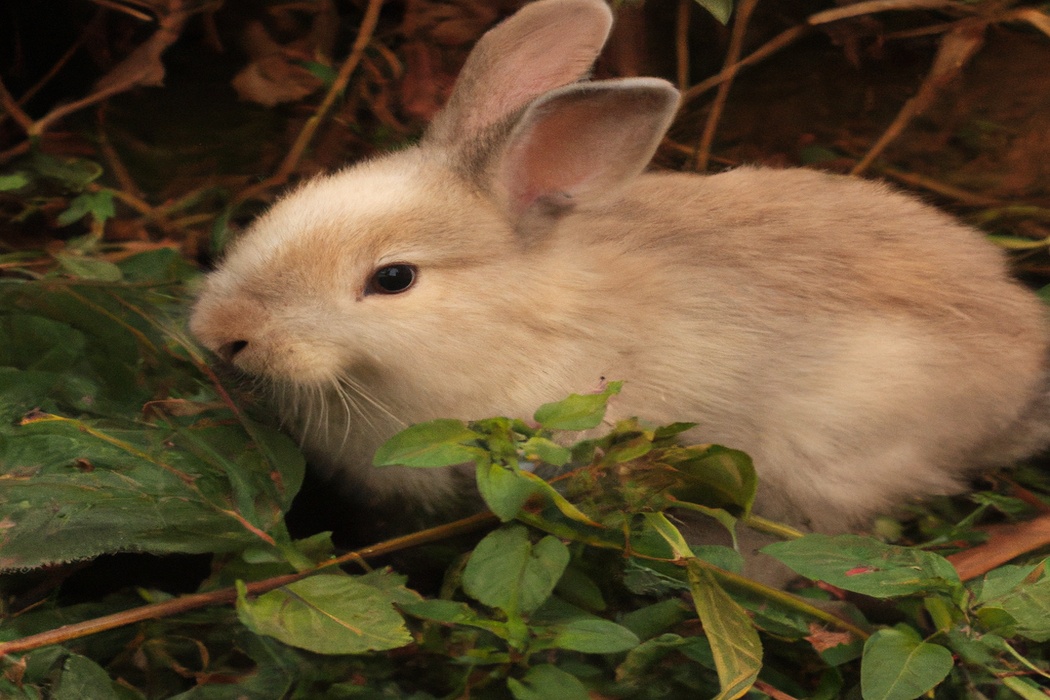
FAQs about Rabbit Apologies
Can rabbits really say sorry?
Rabbits cannot say sorry in the same way that humans do. While rabbits can communicate with body language and vocal sounds, apologizing is a complex emotion that requires a level of self-awareness and understanding that rabbits do not possess.
However, rabbits can show remorse or seek reconciliation through their behavior.
They may approach you with a lowered head or lick your hand as a way of seeking forgiveness. It’s important to understand that their actions are instinctual rather than driven by conscious thought.
How do rabbits show affection?
Rabbits show affection through various behaviors such as grooming, nuzzling, and spending time together.
They may groom each other or their human companions, which is a sign of trust and bonding.
Nuzzling is another way rabbits show affection, as they will rub their heads against you or other rabbits to demonstrate affection.
Spending time together, whether snuggling or playing, is also a way rabbits show they care.
Keep in mind that each rabbit is unique, so they may have different ways of expressing affection.
Are there any non-verbal cues to identify a rabbit’s apology?
Yes, rabbits do have non-verbal cues that can indicate an apology. Some common non-verbal cues to look out for include lowering their head, flattening their ears against their back, and nuzzling or rubbing against you.
These actions show that the rabbit is trying to appease or make amends for any perceived wrongdoing.
Additionally, rabbits may also perform submissive behaviors such as licking your hand or lying on their back to show regret. By paying attention to these non-verbal cues, you can better understand your rabbit’s emotions and responses.
Final Verdict
Understanding rabbit behavior and communication is key to recognizing when they are expressing an apology. By observing their body language and specific apologetic behaviors, such as grooming or approaching with caution, we can determine if a rabbit is trying to make amends.
To help rabbits resolve conflicts, creating a peaceful environment and employing techniques for socializing them can be effective.
While rabbits may not verbally apologize, their non-verbal cues and gestures of affection clearly convey their intentions. By paying attention to these signals, we can strengthen our bond with these amazing animals and provide them with the care they deserve.

